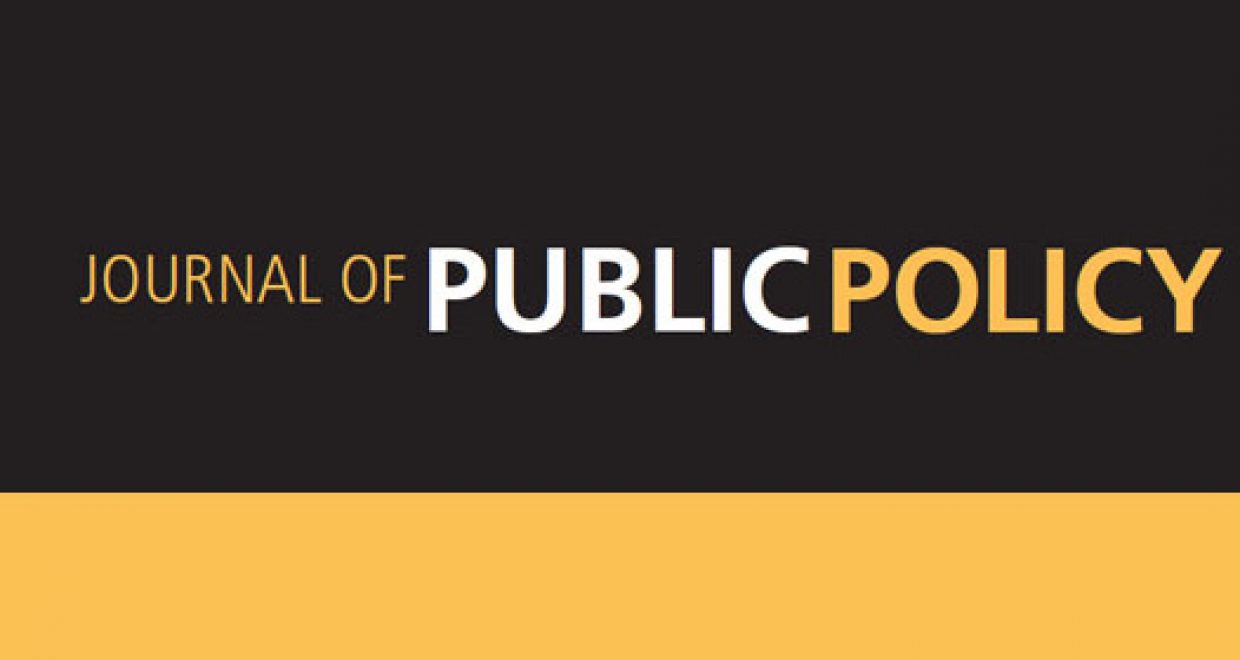The Evolution of Human Trafficking Policy and Its Effect on Human Trafficking Attitudes
Despite a near unanimous agreement that human trafficking is a morally reprehensible practice, there is confusion around what qualifies as human trafficking in the United States.
The concept of human trafficking was first introduced over a century ago, denoting the cross-border movement of white women and girls for the purposes of commercial exploitation. In 2000, with the passage of the Palermo Protocol and the Trafficking Victims Protection Act (TVPA), the concept of human trafficking in the United States was legally broadened to make it a term that is now more synonymous with slavery in general rather than the “white slavery” of women and children across borders for the sex industry.
The legal definition includes “forced labor or services, slavery…or the removal of organs” along with sexual slavery. Human trafficking victims are considered “modern day slaves,” and victims could be of any age, gender, religion, race or ethnicity; they could be victimized domestically and internationally; and they could be exploited in any industry.
The expansion of the definition of human trafficking allowed for some important legal protections for victims of labor trafficking that were not previously codified by law. However, in our article, “The Evolution of Human Trafficking Messaging in the United States and Its Effect on Public Opinion,” we find that media and anti-trafficking organizations have continued to focus mostly on victims of transnational sex trafficking. We show that this skewed approach to human trafficking has fostered a misunderstanding of what human trafficking is among the public.
Our work reveals that there is a singular focus among leaders of anti-trafficking efforts and media. In an original dataset of non-governmental organizations, we demonstrate that while there is a growing set of organizations that offer service to both labor and sex trafficking victims, most organizations focus on sex-trafficking alone. Similarly, few organizations focus on domestic victims while many focus on foreign-born populations. When we explore every U.S. newspaper article on human trafficking over the last five decades, we see that there are substantially more articles on sex trafficking than labor trafficking, and a focus on transnational movement. Two experiments confirm that the average American’s understanding of human trafficking reflects the perspective that trafficking is synonymous with the smuggling of women for sexual exploitation.
What would occur if the public had a broader understanding of what qualifies as human trafficking? Based upon a survey experiment measuring how the public interacts with information that expands their understanding of what human trafficking is, we find that the public is most eager to support anti-trafficking efforts when they see messages about security, as well as messages emphasizing domestic trafficking. But there is very little effect on concern for human trafficking when labor trafficking is made more salient.
Both leaders in the anti-trafficking space and the public think more about sex trafficking and international victims when they think about human trafficking. Making the labor trafficking aspect of human trafficking more salient does little to rally the public to prioritize anti-trafficking policies. However, focusing on the national security issues associated with trafficking, as well as the fact that human trafficking can occur domestically can galvanize greater support for anti-trafficking policies.
The authors Tabitha Bonilla and Cecilia Hyunjung Mo based this post on their Journal of Public Policy article ‘The evolution of human trafficking messaging in the United States and its effect on public opinion‘ currently available on FirstView and is free access until the end of August 2018.





